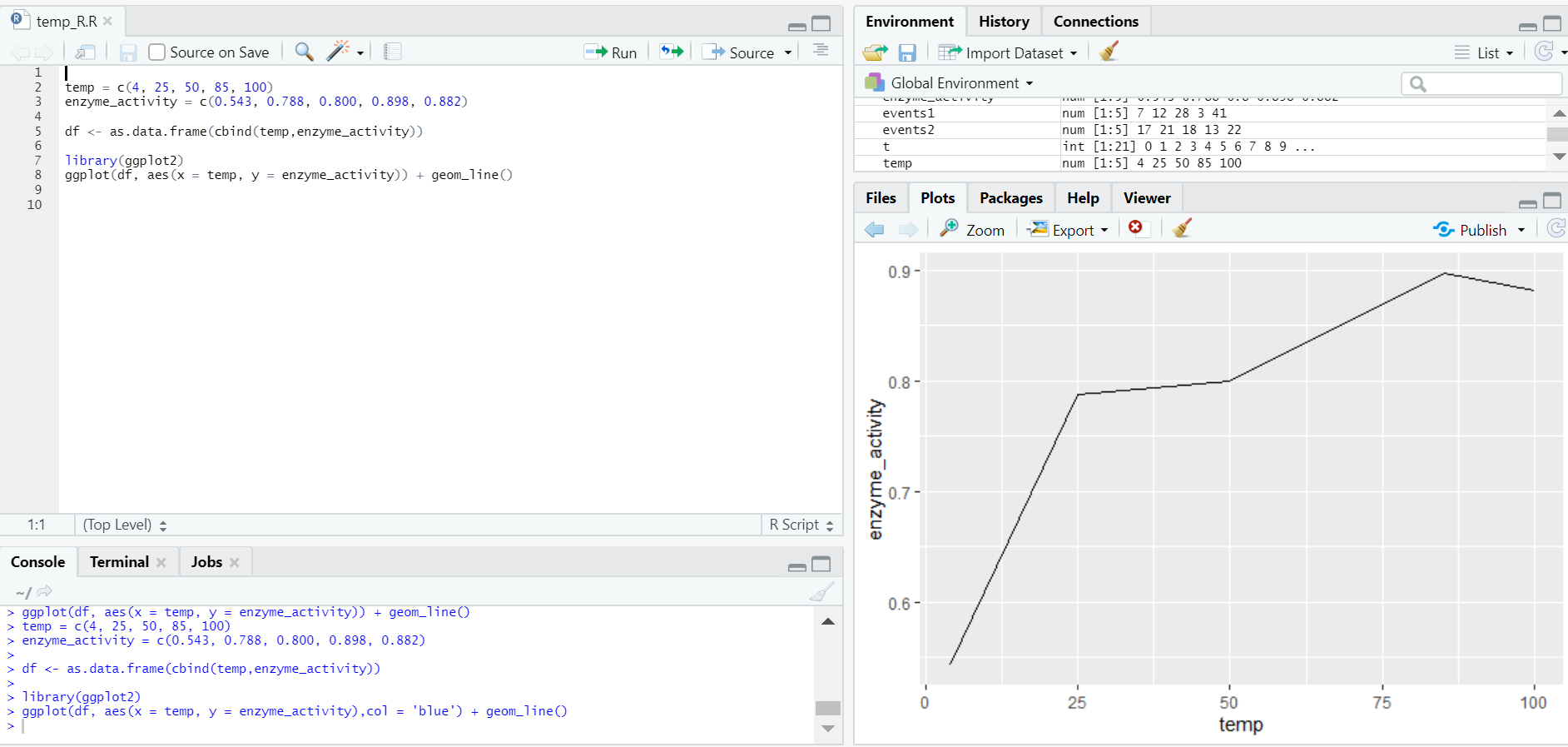

# The y-coordinate of the little dot that scrolls along as we go from 1 to 100ĭot_x = 0.1 + (rank - 1) / (max(rank) - 1) * 0. # The y-coordinate of a 🥳 emoji that's in picture on the No 1 package, Left_join(cran_metadata, by = "package") |> Now creating a data frame with everything we need to make the animation where each row will become a frame in the animated plot.

Select("Package", "Title", "Version", "Author", "Maintainer", "Description") |> last_week = floor_date(today() - 7, "week", week_start = 1) Here getting the top 100 most downloaded packages from the Rstudio CRAN mirror from last week and some extra metadata on each package. Library(gifski) # Allows exporting gganimate plots to animated GIFs Library(ragg) # Graphics devices that enables emojis in ggplots Library(gganimate) # Add animation-powers to ggplots Library(pkgsearch) # To pull information around R packages Library(lubridate) # Easy date manipulation Pkgsearch to pull R package statistics and info. All can be paused by clicking/touching them.Ĭode for getting 100 R packages into a GIFĮxcept for the usual suspects, we’ll need some packages supporting
#Rstudio plot not showing code
Render the animation to a GIF using the animate function.īelow, I’ll go through the whole code needed for the “Top 100 R packages”-animation, but first some other animations I’ve done using the same recipe.Gganimate and the transition_states function, turn this ggplot into an animation. Build a ggplot that, given a single row, produces a single frame.That is, each row needs to include all the info that will go into a single image in the resulting GIF. Compile a data frame with one row per frame.This means that, first you have to use the function plot () to create an empty graph and then use the function lines () to add lines. However, it can be used to add lines () on an existing graph. Note that the function lines () can not produce a plot on its own. The recipe to make an animated GIF like this is fairly straightforward: We’ll plot a plot with two lines: lines (x, y1) and lines (x, y2). But first the actual GIF! Click to pause it and learn more about a popular R-package: Gganimate showing the top 100 downloaded R packages. Here I’ll go through how I made one of the latter in R with Here) and click-the-GIF-and-see-what-you-get animations (like This tiny change in GIF behavior has resulted in a small cottage industry of GIF games (like It’s not so surprising that they play and loop, as one would expect them to do, but the nice thing is that if you click them, they pause. Not only is it chock-full with wonderful examples and sensible guidelines for displaying data, it makes a beautiful coffee-table book to show your non-statistician friends that Statistics is about more than just numbers.You can say what you want about Twitter, but the way animated GIFs are presented on that platform is pretty nice. There are many good resources for learning about making good graphical displays, but my favorite is Tufte's classic: The Visual Display of Quantitative Information. Make liberal use of the annotation functions like text and line, and experiment with choices of color, layout, and size. Don't be satisfied with the "stock" graphs from the top-level functions like plot or hist. Fortunately, R provides you with all the tools you need to pull out all the details, make the right comparisons, and make the results pleasing to the eye. Of course, the most important tip for making your graph look good is: make a good-looking graph! Graphical display of quantitative data is in some ways more art than science, but as a general rule it takes time and effort to make a truly effective display that lets your data tell the story it needs to tell. JPG, but only at a significant expense in quality.
#Rstudio plot not showing driver
You might save a few kilobytes in the file size by using the jpeg device driver or converting your PNG into. JPEG works fine for photograph-like images, but introduces blurry artifacts around lines and letters for the typical R graph. JPG) graphics format for the final product on the Web, but this is almost certainly a bad idea.

You might be tempted to use the JPEG (aka.


 0 kommentar(er)
0 kommentar(er)
